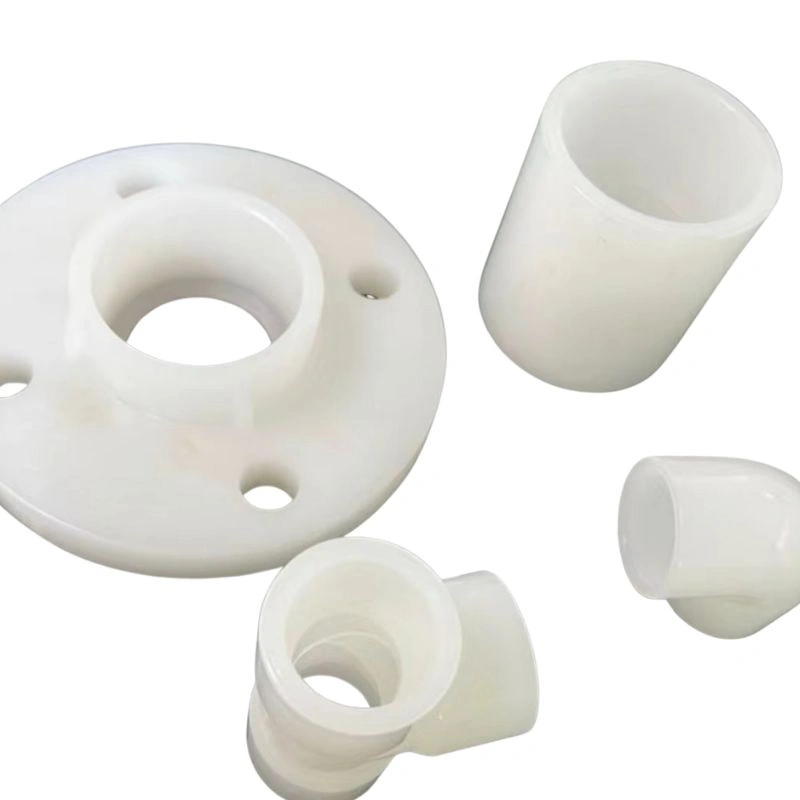

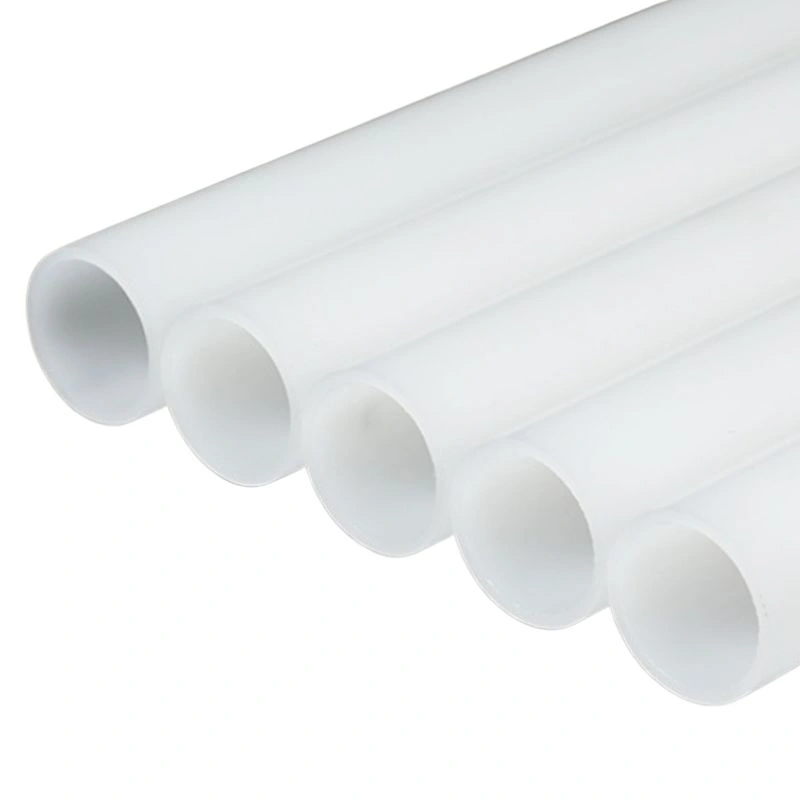
PVDF materials must meet stringent industry standards to ensure consistent quality and performance.
ASTM D3222EN ISO 10931
PVDF products often come with certifications to ensure compliance with these standards, providing confidence that the material is suitable for demanding applications.
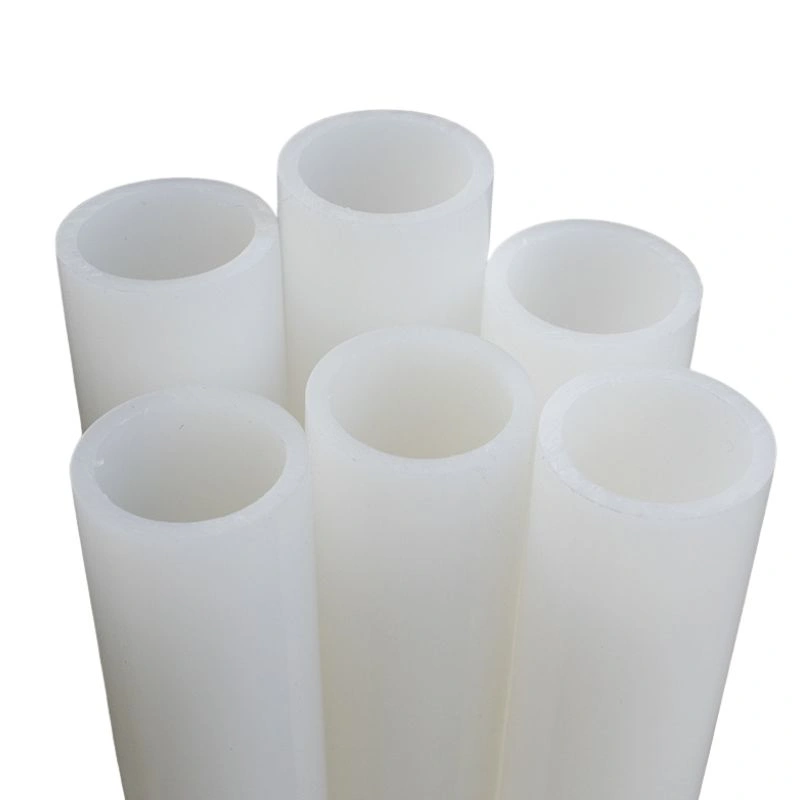
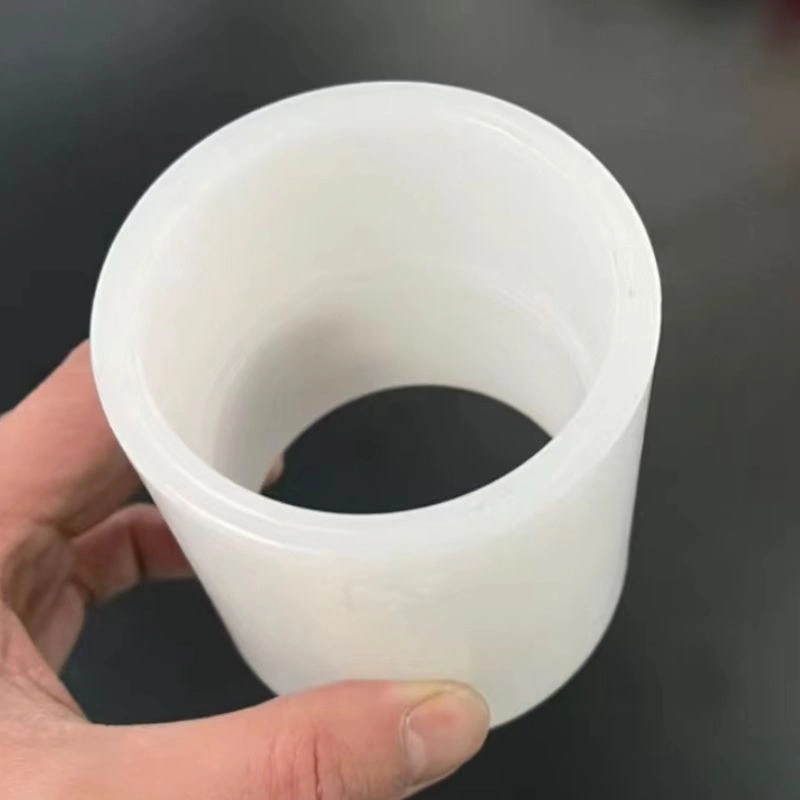
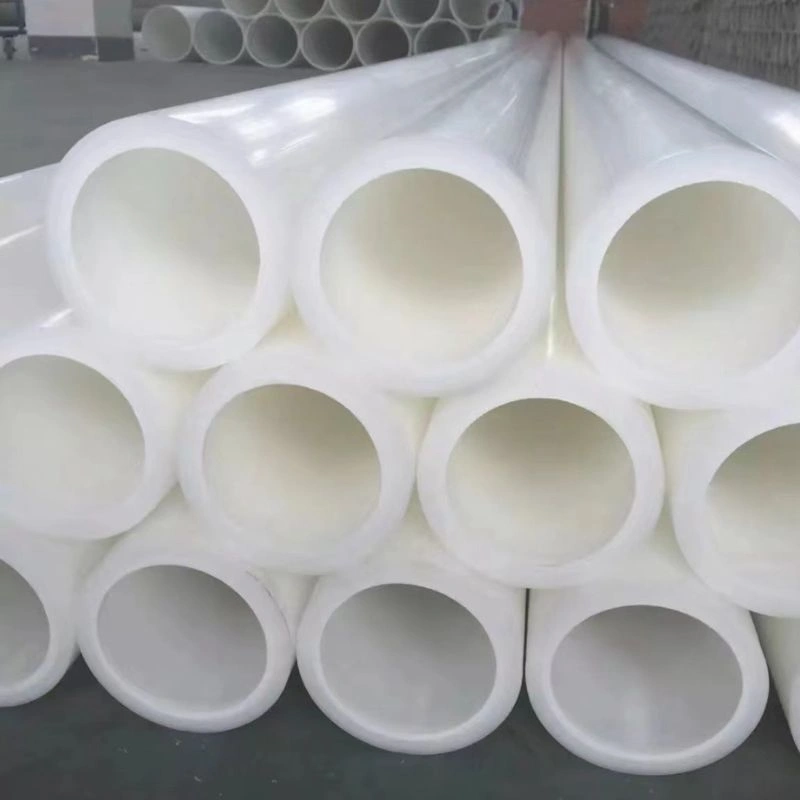
PVDF piping systems cannot be ignored in chemical processing plants because they have the capability of transporting corrosive chemicals safely. These systems are employed to manipulate acids, bases and solvents without being degraded, and the integrity of the transported material is maintained. PVDF pipe is very pure; therefore, no contaminants are leached into the fluid, which is important when preserving product quality. It is very strong, allowing it to be used in either above ground or underground installation and the joints may be butt fused or socket fused.
PVDF in the pharmaceutical industry where high purity is a priority finds application in ultra-pure water and drug production lines. Low permeability and inertness of PVDF pipe averts contamination which guarantees purity of the end product. These piping systems conform to the strict regulations of cleanroom environments wherein even trace impurities can affect the quality of the products. In these applications it is common to use natural pvdf to avoid the leaching of additives to the critical processes.
PVDF fittings and pipes are also being used in food and beverage industry where sanitation is critical in chemical resistance and purity. PVDF pipe and fittings withstand the degradation of harsh cleaning agents and sanitizers found in such facilities to avoid contamination of food and beverage products. In addition, it can be used in highly specialised applications, due to its compatibility with ultrapure applications and thus is applicable to semiconductor and other industries that are highly sensitive to purity. PVDF is commonly NSF certified in the food industry, which means that it is safe to contact drinking water systems.
The ultimate strength of PVDF pipe is an outstanding chemical resistance. This polyvinylidene fluoride product is tough with a wide range of aggressive materials, such as strong acids, halogens, solvents, and oxidants. Such an inert nature also means that the piping system cannot be compromised when carrying out the corrosive chemicals. PVDF, especially, is highly stable, and it is preferable in the chemical processing and other high-performance industries where high purity is very important and steel alloy pipes would be corroded with the passage of time.
PVDF increases the life and contact durability of PVDF pipe, exhibiting excellent abrasion resistance, and performing better than most other plastics. This thermoplastic has a low permeability, which reduces the chances of permeation and preserves the integrity of fluids to be transported without polluting the environment. This mechanical performance is translated to a longer life with less maintenance; therefore, PVDF pipe and fittings prove to be a cost-efficient solution despite higher initial costs. Kynar pvdf is robust making it reliable in unfavourable operating conditions.
The thermal stability of PVDF pipe is impressive, and that is why it can be utilised at a broad temperature range. It also remains intact in low temperatures, up to -40 C as well as high temperatures, as high as 280 F thus applicable in dealing with fluids at extreme temperatures. This wide operating range with great chemical resistance guarantees the good performance of this under rigorous conditions. This attribute is specifically useful where there are frequent temperature variations and other substances, such as polypropylene, could not resist thermal deterioration. pvdf pipe is a strong candidate.
PVDF fittings can be found in a complete variety of selections to support the formation of full- piping systems. These are elbows, tees, couplings as well as valves which are versatile enough to be configured to address application specific needs. Fittings and PVDF pipe can be connected in many ways, this gives the ability to be flexible in installation. Techniques of proper welding are imperative to guarantee leakage free joints and integrity of the piping system. Larger diameter pipes or connexions which might require occasional disassembly are also available as options such as flange connexions.
| Fitting Types | Connection Methods |
| Elbows, Tees, Couplings, Valves | Socket Fusion, Butt Fusion, Threaded Connections |
| Flange Connections | Weld |
Multiple best practise guidelines exist when installing PVDF piping systems to achieve both long-term reliability and performance. Using proper methods to carry and instal PVDF pipe and fittings is important to avoid damage during transport and installation. To result in sound and tight weld joints, cutting and preparation of ends of pipes must be very accurate. Butt fusion or socket fusion Welding with calibrated equipment is strongly recommended to maintain constant quality of joints. Adequate support should be done to avoid hanging or straining the piping system particularly in high installation.
Scheduled repairs are necessary to optimise the life and performance of PVDF piping systems. It should be inspected periodically to look at any leaks, cracks, or any other damage. It is advisable to clean PVDF pipe and fittings using compatible solvents to be sure that they are free of any contaminants. Potential complications can be avoided by timely resolving the problems that were detected during inspections. A more regular inspection and maintenance schedule may have to be established in aggressive chemical processing conditions to provide assurance of the integrity of the piping system continuing. pvdf has extended maintenance.
Safety must be given a high priority when handling PVDF pipe and more so when dealing with corrosive chemicals. Proper personal protective gear (PPE) including gloves, eye protection, respirators, and so on must be used to avoid contact with dangerous substances. One should have sufficient ventilation when welding or working with solvents. Do all installation and maintenance and should be done by trained personnel, experienced with the properties of PVDF and the hazards of the materials under transit. All pertinent safety rules and guidelines must be followed so as to provide a safe working environment.
| Comparison | Metric | PVDF Value | Other Material Value | Notes |
| PVDF vs. PVC and CPVC | Chemical Resistance Coverage | 99.5% of industrial chemicals | PVC: 65% of industrial chemicals; CPVC: Not specified; generally better than PVC but less than PVDF for aggressive solvents | PVDF excels in aggressive corrosive chemicals and solvents. |
| PVDF vs. PVC and CPVC | Thermal Stability (Strength Retention) | Maintains 90% strength at 280°F (137°C) | PVC: Not specified; prone to brittleness at low temperatures; CPVC: Not specified | PVDF maintains toughness across broader range. |
| PVDF vs. PVC and CPVC | Operating Temperature Range | -60°C to 150°C (long-term); up to 170°C (short-term) | PVC: Up to 60°C (140°F); CPVC: Up to 93°C (200°F) | PVDF suitable for higher temperatures than PVC/CPVC in harsh conditions. |
| PVDF vs. PVC and CPVC | Leaching Rate Constants (at 25°C) | 7 times higher than CPVC | CPVC: Baseline for comparison; PVC: Not specified | PVDF shows higher initial rates but faster stabilization in leaching tests. |
| PVDF vs. PVC and CPVC | Leaching Rate Constants (at 50°C) | At least 4 times higher than CPVC | CPVC: Baseline for comparison; PVC: Not specified | Similar to above. |
| PVDF vs. HDPE | Impact Strength | Over 2 times that of PVC (indicative for comparison) | HDPE: Not specified; generally good but less than PVDF in purity applications | PVDF offers higher purity and resistance to aggressive solvents, acids, and halogens. |
| PVDF vs. HDPE | Operating Temperature Range | -40°C to 140°C | HDPE: Not specified; typically -50°C to 80°C for standard use | PVDF better for high-purity scenarios like pharmaceuticals. |
| PVDF vs. HDPE | Chemical Compatibility Testing Temps | Tested at 20°C and 50°C | HDPE: Tested at 20°C and 50°C | Both resist many chemicals, but PVDF superior for concentrated oxidizing acids; HDPE better for alkalines. |
| PVDF vs. Metal Piping | Weight (Relative) | Significantly lighter (e.g., plastic density ~1.78 g/cm³ vs. steel ~7.85 g/cm³) | Metal: Heavier; e.g., carbon steel pipe installation cost ratio 1.0 (baseline) | PVDF reduces installation costs due to lower weight. |
| PVDF vs. Metal Piping | Installation Cost Ratio (Relative to Carbon Steel) | Lower than metals (e.g., similar to other plastics at 0.5–1.0) | Metal: Stainless steel 304: 2.4; Copper: 2.3 | PVDF offers lower costs without corrosion risks. |
| PVDF vs. Metal Piping | Corrosion Resistance | 100% inert to many chemicals (no degradation) | Metal: Susceptible (e.g., rust in environmental exposure) | PVDF eliminates corrosion and metallic contamination. |
| OD(mm) | PN1.0(MPa) Thickness(mm) | PN1.0(MPa) Weight(kg) | PN1.6(MPa) Thickness(mm) | PN1.6(MPa) Weight(kg) | PN2.0(MPa) Thickness(mm) | PN2.0(MPa) Weight(kg) |
| 16 | 1.5 | 0.17 | 1.5 | 0.17 | ||
| 20 | 1.9 | 0.21 | 1.9 | 0.21 | ||
| 25 | 1.9 | 0.275 | 1.9 | 0.275 | ||
| 32 | 2.4 | 0.43 | 2.4 | 0.43 | ||
| 40 | 2.4 | 0.55 | 2.4 | 0.55 | ||
| 50 | 2.9 | 0.83 | 2.9 | 0.83 | ||
| 63 | 2.5 | 0.93 | 3 | 1.09 | 3.6 | 1.3 |
| 75 | 2.5 | 1.27 | 3.6 | 1.55 | 4.3 | 1.86 |
| 90 | 2.8 | 1.5 | 4.9 | 2.23 | 5.1 | 2.63 |
| 110 | 3.4 | 2.14 | 5.3 | 3.34 | 6.3 | 3.98 |
| 125 | 3.9 | 2.8 | ||||
| 140 | 4.3 | 3.71 | ||||
| 160 | 5 | 4.657 | ||||
| 200 | 6.2 | 6.915 | ||||
| 225 | 6.9 | 9.16 | ||||
| 250 | 7.7 | 11.1 | ||||
| 280 | 8.5 | 13.9 | ||||
| 315 | 9.6 | 17.6 |
